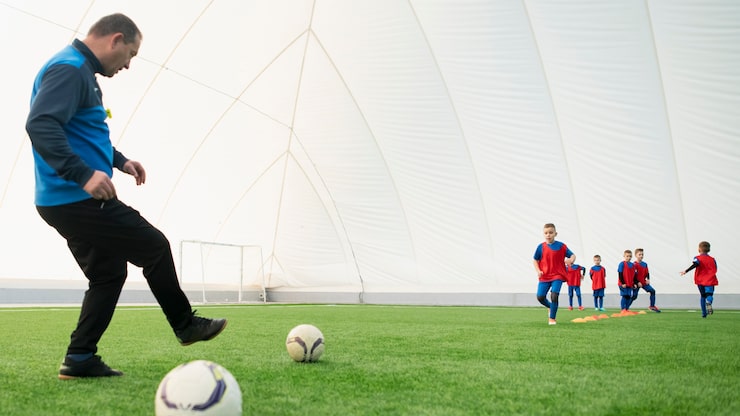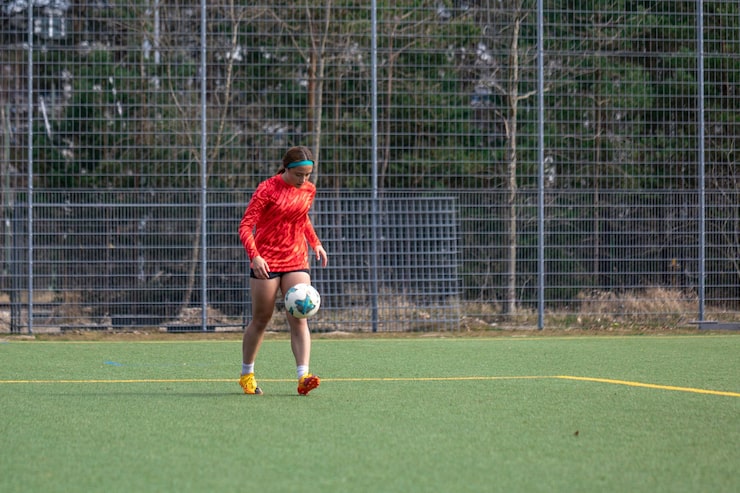A football field is more than just grass; it’s where dreams come true, rivalries start, and history happens. Whether it’s a huge stadium or a neighborhood park, the football field is key to the sport everywhere.
From the pros to school teams, the field is the game’s heart. So, what makes it so special, and what goes into building and keeping it up?
How Big is a Football Field?
For pro fields, there are rules. FIFA says fields should be 100–110 meters long and 64–75 meters wide for international games. These sizes keep things fair for everyone.
The field has two halves and a center circle for kick-offs. At each end are the penalty box, goal area, and goals. Everything’s measured to fit the sport’s rules.
Real Grass or Fake?
Fields can be grass or turf, depending on the level and place. Grass is classic, soft, and springy. But fake turf is now liked since it’s easier to care for, especially where the weather isn’t great for grass.
Grass needs a lot of work: watering, mowing, and more. Turf needs less care but may hurt more if you fall. It’s all about cost, weather, and what it’s used for.

Why Field Lines Matter?
Every field has lines that guide the game, like:
- The center circle: For kick-offs.
- Penalty area: Where fouls mean penalty kicks.
- Goal area: Where goalies can use their hands.
- Corner arcs: For corner kicks.
These lines keep the game fair. They change how people play and decide what to do.
Fields Mean More Than Games
Football fields are more than just places to play. They’re where young people learn teamwork and never giving up. For pros, it’s where they show off years of work—for better or worse.
From small clubs to big stadiums, fields unite people. They bring fans together, whether they’re watching, playing, or coaching.
New Ideas for Football Fields
Fields are changing. Many stadiums now use water recycling, better lighting, and grass mixed with fake turf.
Also, smaller fields are becoming liked in cities where space is tight. They let more people play, no matter where they are.
Some fields have smart drainage, heating, and cooling to keep games going in bad weather. These things mix tech with old ways to make the game better.
Fields Around the World
Big stadiums like Camp Nou, Wembley, and Maracanã all have famous fields where great games happened.
But for many, the best field is the one where they first played. Grass, dirt, or turf, the field means a lot to everyone.
Conclusion
The football field is more than just a place to play. It’s where communities gather, legends compete, and athletes shine. Its design and feel change the game.
As football grows, keeping and improving fields matters. Whether you play, want to be a pro, or just love the game, the field is where it all starts and where great things occur.



